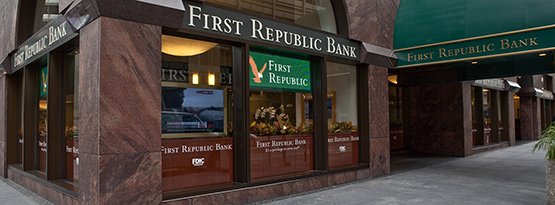VARESE, Italy. May 2nd, 2023. After Silicon Valley, Signature, and Silvergate banks failed and were seized by the US Government, fears of a broad-scale banking crisis were dismissed by Treasury Secretary Janet Yellen and President Joe Biden.
At the time, shares of First Republic Bank had plummeted by 30%, suggesting to investors and analysts that the banking system was perhaps not as sound as the White House was letting on.
Bank executives tried to assure customers and Wall Street that it has sufficient liquidity to support its deposits—$70 billion, mostly through federally-funded programs.
It wasn’t to be. Even though eleven major US banks deposited $30 billion into First Republic Bank as part of a government-organized backstop, First Republic has now become the second-largest failed bank in the history of the US after it was seized by the Feds last week and had most of its assets sold off to JP Morgan Chase.
“The problems that led to this crisis haven’t necessarily been resolved,” said Ben Eisen at the Wall Street Journal. “Interest rates rose really quickly, the value of assests on banks’ balance sheets lost value, it doesn’t appear that anything is imminent at this moment, but I think a lot of people would be hesitant to say this is over”.
Reports across media detail how First Republic failed for much the same reason as the other regional banks: they held a lot of long term Treasury bonds as collateral on their loans and depositers’ account balances. As interest rates rose over the last 10 months, the bonds marked 10-years and above gradually lost value because they were locked in for so long at lower yields, such as 1.5% compared to 4.5% for example.
Once depositers discovered that banks like Silicon Valley were sitting on billions in unmarked losses—unmarked because they didn’t sell the long term bonds at the lower prices they would fetch—they began to withdraw their money. First Republic seemed to have suffered a similar fate.
This story front-loaded a busy week for investors who got to look at the still-sticky personal-consumption-expenditure index or PCE, the Federal Reserve’s preferred indicator of inflation, which rose 0.3%, keeping it within the same range of around 4.7% year-over-year that it’s been stuck in for several months.




